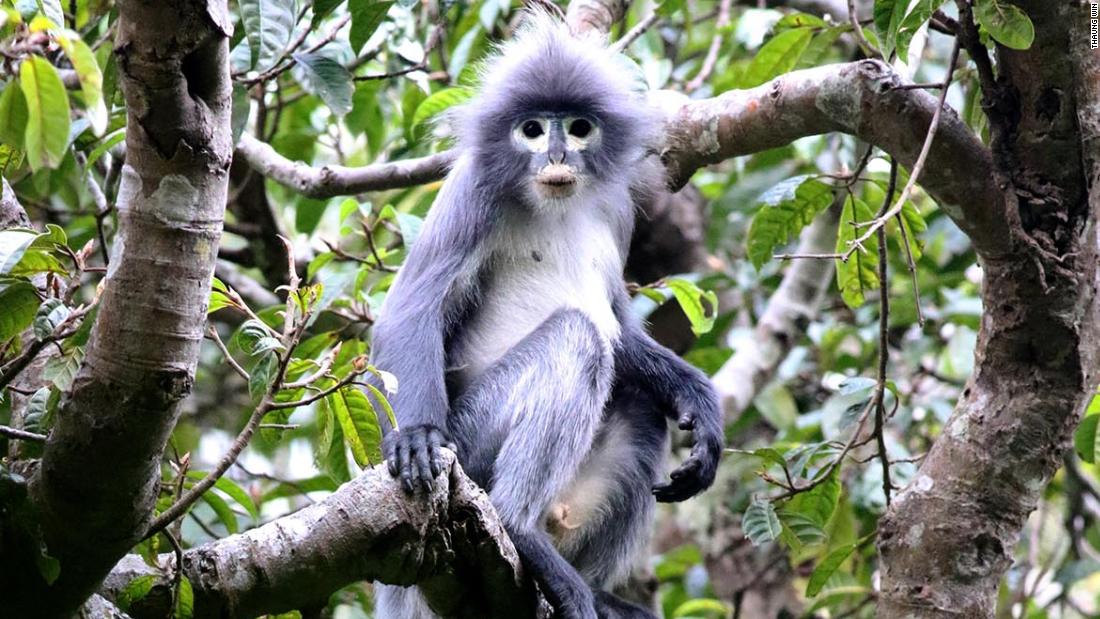
Popa langur, a critically endangered monkey living in Myanmar, is one of the newly described species.
Due to the coronavirus pandemic, the museum may have been closed to the public for the longest time since World War II, but researchers continued to toil behind the scenes, according to a press release published Tuesday.
These hundreds of new species were described in 2020 by researchers working with specimens from the museum’s enormous collection.

A Natricine snake was one of nine new snake species described in 2020.
Abhijit das
Describing a new species means gathering information about the shape and structure of an organism, writing the research down in a paper, and submitting it for review by the scientific community, said Ken Norris, chief of life sciences at Natural History. Museum, on CNN.
“You wonder if that new specimen is different enough from anything else that has been seen before to be considered a new species,” said Norris. “So you’re describing it for the first time.”
One of this year’s newly described species is Popa Iangur (Trachypithecus popa), a monkey that lives on the slopes of an extinct volcano in Myanmar.

Actias keralana is a moth native to India.
Nässig et al. 2020
It is already considered critically endangered, with 200-260 individuals living in the wild, but experts hope naming it will aid in monkey conservation, the museum said.
“The very basic stuff of naming things, or recognizing that they are different, increases their importance to conservation quite quickly,” said Norris. “Once you know that, it will be an immediate conservation priority when it wasn’t before.”
This year, a dozen new reptiles and amphibians were described, including a Borneo crested lizard, two new species of frogs and nine new snakes.
The museum collection also included one specimen of a new species of lungless amphibian (Oedipina ecuatoriana), an amphibian breathing through its skin, collected over a century ago.

An armored snail, or Armilimax pauljamisoni, is shown here.
Kimmig et al. 2020
Beetles are the largest number on the list, with 170 new species named, followed by bees and wasps with 70 new species.
One of these – Bombus tibeticus – lives on the Tibetan Plateau in Mongolia at 5,640 meters above sea level, making it one of the highest recorded bumblebee species.
There were also 51 species of snails, nine species of moths, six new species of centipedes, nine flatworms and one butterfly described in 2020.

An artist’s impression shows the wombat-like marsupial Mukupirna nambensis.
Peter Schouten
Scientists have also described 122 new fossil species, including Armilimax pauljamisoni, which looks like a type of armored snail, and a giant fossil wombat-like marsupial called Mukupirna nambensis.
The giant marsupial lived in what is now Australia 25 million years ago and is said to have grown to a similar size to a black bear.
Researchers described 10 new types of minerals, of which there are only about 6,000 known types in the world.
And Norris does not expect a decrease in the number of newly described species in the coming years.
“Right now, we think that as a basic guess maybe 20% of life is described in some form,” he said, while still having to describe much of life.